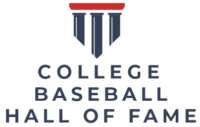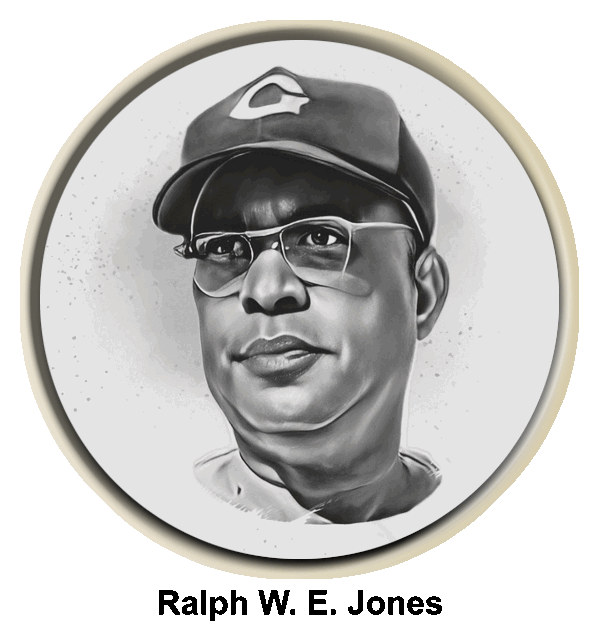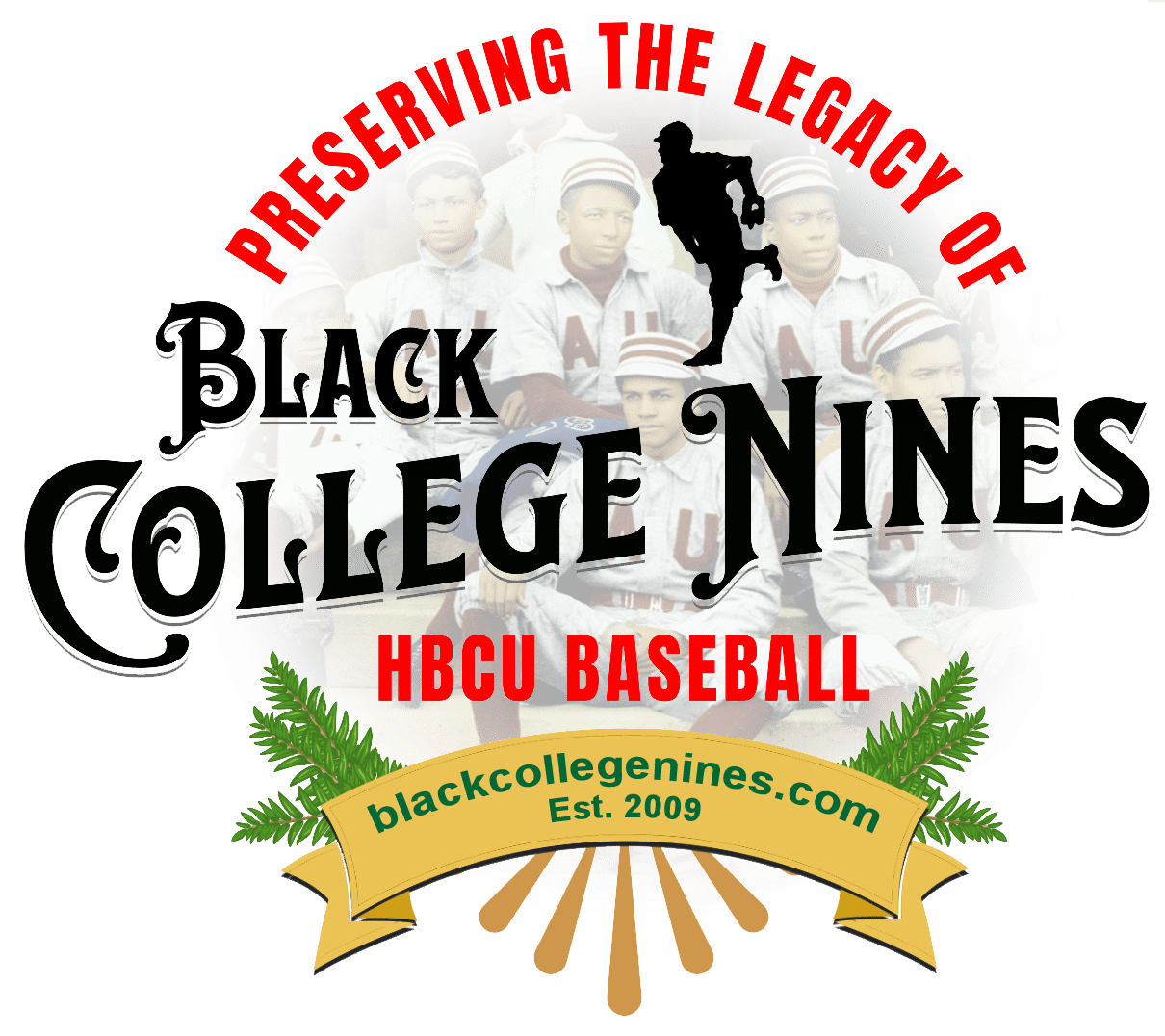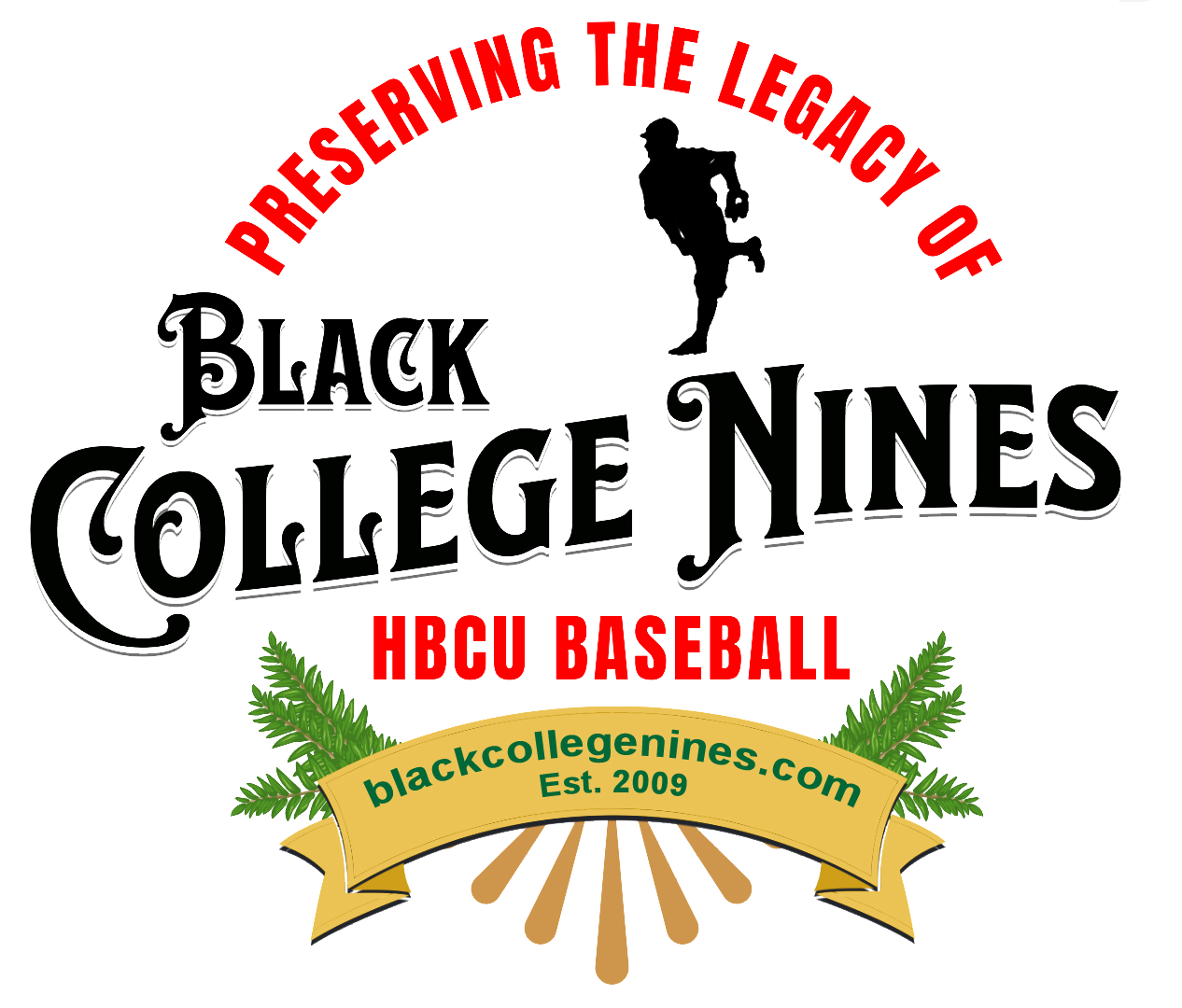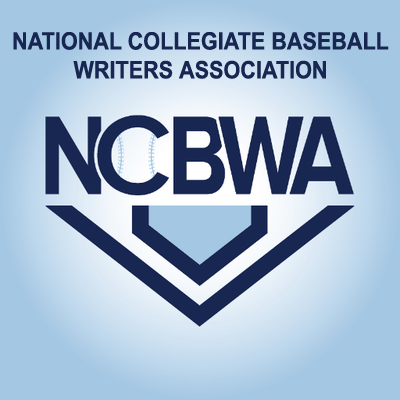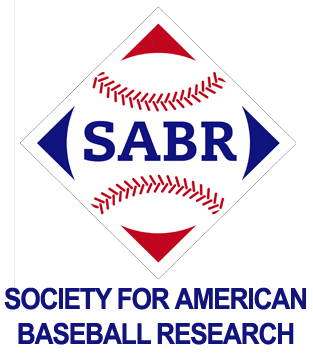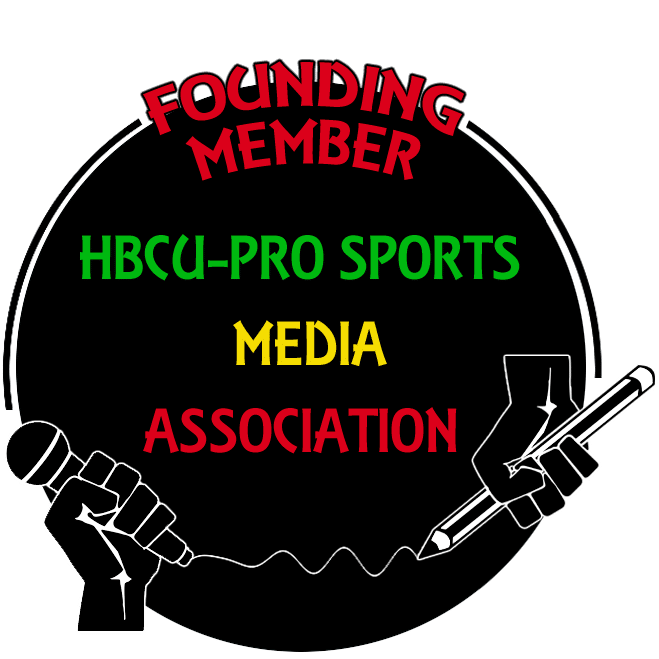 As the saying goes, records are meant to be broken. But no Division II college baseball player has made a statement strong enough to remove Charles Stukes from the record books since 1967 (more on that later). Mr. Stukes was part of remarkable Maryland State College baseball clubs in the late 1960s under Head Coach Roosevelt Gilliam. But he’s also known for his lengthy NFL career as a 6-foot-3, 210-pound cornerback for the Baltimore Colts and Los Angeles Rams.
As the saying goes, records are meant to be broken. But no Division II college baseball player has made a statement strong enough to remove Charles Stukes from the record books since 1967 (more on that later). Mr. Stukes was part of remarkable Maryland State College baseball clubs in the late 1960s under Head Coach Roosevelt Gilliam. But he’s also known for his lengthy NFL career as a 6-foot-3, 210-pound cornerback for the Baltimore Colts and Los Angeles Rams.
As the 100th player taken in the 1967 NFL Draft, Mr. Stukes was Baltimore’s starting cornerback in Super Bowl III, and he logged 32 interceptions in 107 games across eight NFL seasons. On the baseball field, Mr. Stukes terrorized opponents with his speed and right-handed hitting (ranking 4th in the nation in 1966 and 5th in 1967), all while holding down third base defensively for the Hawks. And when he wasn’t playing baseball and football (the team’s quarterback), he found time his first two years to play basketball for Maryland State, too. 
The Virginia native recently took time to visit with Black College Nines writer Douglas Malan and discuss his amateur playing days in the Chesapeake Bay region.
We’d love to hear about your background – where you grew up and what you did as a kid.
I grew up in a place called Bells Mill. I went to high school at Crestwood. It’s just like most communities, where we grew up. If you weren’t playing sports in school, you always had your teams in the community and we’d go out there and play after school. We didn’t have all those programs in middle school when I grew up. All the sports were in high school, so you did your training in your community. I played three sports in high school and three at Maryland State.
What colleges besides Maryland State recruited you out of high school?
Most of the HBCUs there in the CIAA – Morgan State, North Carolina A&T, North Carolina Central. And I received an offer from a college I don’t remember in Chicago, but I had no plans going that far away from home.
What made you choose Maryland State?

Clarence Clemons
A couple of guys I played high school ball with had gone to Maryland State on football scholarships, including a young man by the name of Clarence Clemons. He went on to play [saxophone] with Bruce Springsteen’s band. He was two years ahead of me. So that influenced me to go to Maryland State.
Was the transition to college difficult, considering you balanced books with multiple sports?
It was easy, but I was prepared in high school because our teachers always stressed the importance of our education. And our football coach in high school, you couldn’t play for him if you didn’t maintain a C average. That prepared me when I went to college. My focus was always to go there and do the best I could in the sport that I participated in and also maintain a good average.
Did you have a favorite sport?

Besides baseball and football, Stukes (No. 24) played basketball with future NFL Hall of Famer Art Shell (No. 50).
Baseball was probably my favorite sport. I liked the challenge of facing the pitcher, getting on base, trying to steal bases and things like that. Of course, basketball was a good sport for me, and football was a good sport for me. So I really have no complaints about any of them.
Those Hawks teams in late ‘60s were loaded with players like yourself, Pennington “Tick” Hebron and many others, including future NFL players.
We had some real good baseball players. Curtis Gentry (later played with the Chicago Bears). Marshall Cropper. There was a football player by the name of (William) Thompson who was with the Denver Broncos. He was an excellent baseball player.
In your senior season in 1967, you averaged an incredible 2.73 stolen bases per game. Did you know you still hold the Division II record in that category?
When you’re young and you’re playing you don’t really get caught up in those things. But they’re memories when you get older. But no, I didn’t know that.
How would you describe yourself as a baseball player?
I wanted to be aggressive, and I always wanted to know what I’d do with the ball if it came to me. The thing that helped me with base stealing…I was a Dodgers fan and I remember Maury Wills. I was reading one time that Maury Wills was saying that in order to steal a base, in order to get a good jump, you watch the pitcher’s shoulder. If the pitcher is righthanded, in order to go to first base, that left shoulder had to move first. He said you had to be careful with the lefthanded pitchers. But one thing I found with lefthanded pitchers, if they’re looking at home plate when they raise that foot, 9 times out of 10 they’re going to first base. If they’re looking at first base when they raise that foot, they’re going to home plate. I got caught a lot now. I don’t want you to think I was perfect. (laughing) But the key was I used to listen and try to do the things Maury Wills would say about stealing bases.
Did you prefer stealing second base or third base?
If I had to choose, I’d choose second base. Third base is a little more difficult because you have to get a tremendous lead and a lot of time that didn’t happen, you know. Once they knew you were a runner, you liked to steal, you get on second base and they put somebody near the base to hold you there.
Did certain games stand out to you from that time?
Any time we played Morgan State, Norfolk State and Virginia State, those were the games that stood out because your homeboys played at those schools. I knew a lot of those guys on the teams.
Do you remember any great plays you made in those games?
Not right off hand. You get to the point that every play you make you think is a great play. (laughing)
You put some great numbers in college. Did any MLB teams contact you about pursuing a career in pro baseball?
The Pittsburgh Pirates did. They had a guy by the name of Syd Thrift. He showed interest and came to Virginia one time when he had a camp for a couple of days.
Baseball was a situation where they made it sound interesting but there was no draft on the board. So, you know, when Baltimore (Colts) drafted me, it was easy to make the decision. I was a fourth-round draft pick of the Colts.

Virginia State Sports Hall of Fame inductee Charlie Stukes.
Once you moved on from Maryland State, did you ever get involved in baseball again in any way?
I’d come back home to Virginia (during the NFL offseason) and we had community baseball, so I played in those games. But nothing from a major standpoint. I started to play golf then. It wasn’t as hard on the body and became more mental than baseball.
What else do you recall that was special about your Maryland State days?
Having a good group of coaches in college and having good relationships with teammates. We laugh and joke, and we get upset with one another occasionally. But the coaches always kept things in order. It wasn’t a situation that you would get mad mad with anybody. If the pitcher was pitching real good and somebody made an error, he wouldn’t say anything because he knew eventually he would throw a home run pitch. It was a situation where we had respect for one another.
Douglas Malan is a journalist and visual artist living in Connecticut. His works include short stories, poetry and books. Among the books Malan has authored is a history of Muzzy Field in Bristol, Conn., which has hosted icons of the Negro Leagues, Major Leagues and NFL since 1913. Other books include a history of the Georgia-Yale football series from 1923-1934, and a children’s book titled Let’s Go to the Ballpark. He enjoys exploring the intersection of history, sports and sociology through his work with Black College Nines.

